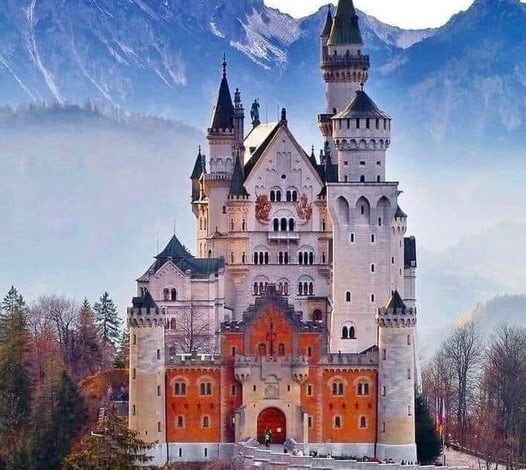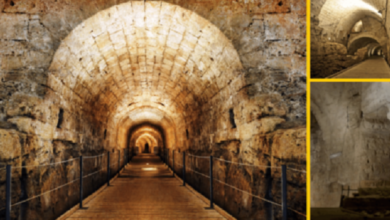
Neuschwanstein Castle, located near the town of Füssen in Bavaria, Germany, is a symbol of romanticism and architectural grandeur. Built atop a rugged hill, it overlooks the lush valleys and serene lakes of the region, adding to its enchanting charm.
Construction of the castle began in 1869 under the direction of King Ludwig II of Bavaria, often referred to as the “Fairytale King.” Ludwig’s vision was to create a medieval-style castle that combined elements of romanticism with modern technology. Inspired by the operatic works of composer Richard Wagner, Ludwig sought to build a retreat where he could immerse himself in the world of fantasy and art.
Designed by architect Eduard Riedel and later overseen by Georg von Dollmann, Neuschwanstein Castle features intricate façades adorned with elaborate sculptures, colorful frescoes, and ornate interiors. Its interior decorations are themed around the operas of Wagner, with each room reflecting a different aspect of the king’s imagination.
Despite its fairy-tale appearance, the castle’s construction faced numerous challenges, including financial difficulties and the untimely death of King Ludwig II in 1886. As a result, the castle was never fully completed according to the original plans. Nevertheless, it remains one of the most iconic and visited landmarks in Germany, attracting millions of visitors from around the world each year.
Today, visitors can explore the castle’s interior, which includes lavishly decorated rooms such as the Throne Room, the Singer’s Hall, and the King’s Bedroom. Guided tours offer insight into the history, art, and legacy of this remarkable architectural marvel, allowing visitors to step back in time and experience the romanticism of the Bavarian royal court.
Surrounded by the breathtaking scenery of the Bavarian Alps, Neuschwanstein Castle continues to captivate visitors with its timeless beauty and romantic allure, earning its reputation as the “castle of the fairy-tale king” and a symbol of Bavarian heritage and culture.




